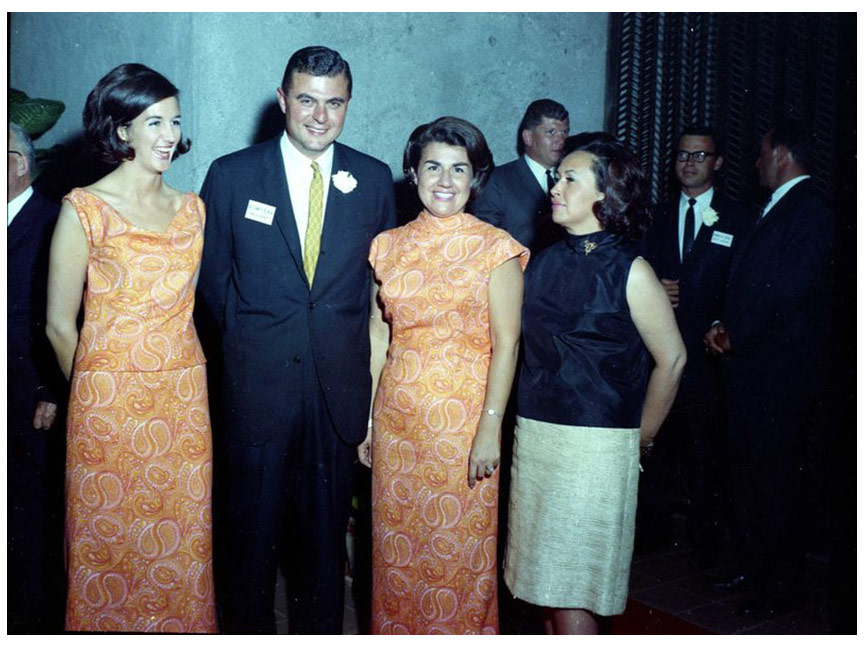21 January 2020
How William Black's Contributions Left An Ongoing Legacy
 Photo courtesy of the La Jolla Historical Society.
Photo courtesy of the La Jolla Historical Society.
While a lot of San Diego residents are familiar only with the hustle and bustle of La Jolla as a well-to-do seaside town that’s home to posh boutiques and waterfront restaurants, the area has changed radically in the last century. One of the key figures in the local community and its growth over the decades is William Faulkner Black, a local businessman and major contributor to the development and success of both UC San Diego and the region.
Black passed away in December of 2019 at the age of 86. In celebration of his life and contributions, here are some interesting anecdotes and facts to share that you probably didn’t know about this generous and crucial San Diego figure.
1. As historian Jack Fisher often notes in “’Preparing the Soil’ for UC San Diego”, the contributions of William F. Black were crucial in the development of the UC San Diego. In 1966, Black and his father negotiated the sale of 132 acres to the newly-established UC school. The home on the property – designed by Santa Fe architect William Lumpkins – was included in the purchase and serves as the official residence for UC San Diego’s Chancellor.
2. While stuck on a State department elevator with Lech Walesa, the Nobel Peace prize-winning labor activist and President of Poland (1990-1995), Black was quoted as saying: “The bad news is we’re stuck between floors. The good news is we’re with the most famous electrician in the world.”

3. Black was a protocol officer at the state and federal level, managing and coordinating the visits of foreign leaders including the United Kingdom’s Queen Elizabeth II and Soviet President Mikhail Gorbachev.
4. As a member of the San Diego Stadium Authority, he was a significant influencer in getting a major league baseball team to San Diego. In 1967, the league expanded to include the San Diego Padres.
5. Black is the namesake for a secluded section of beach backed by 300-foot bluffs beneath the Torrey Pines Gliderport, Torrey Pines Golf Course, and the Salk Institute. Officially renamed as Torrey Pines City Beach in 1980, the new name has never truly been adopted by locals.
6. William Black was very active in local philanthropic organizations such as the San Diego Museum of Art, Scripps Clinic and Research Foundation and the San Diego Foundation, which was founded in 1975 to serve a broad spectrum of causes such as the Community Scholars Initiative, regional disaster recovery, civic engagement and supporting the jewel of San Diego, Balboa Park.

Photos courtesy of UC Regents